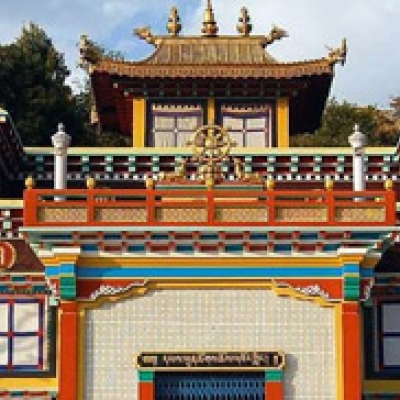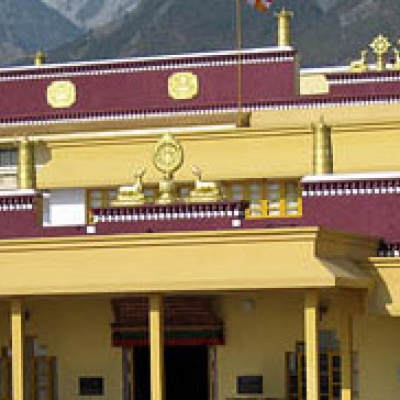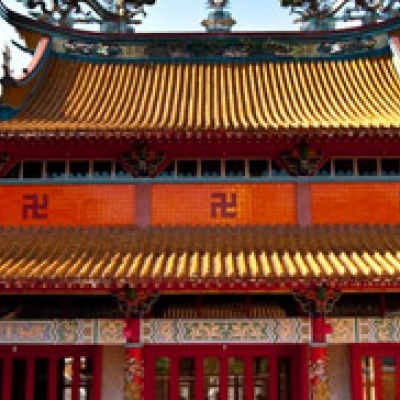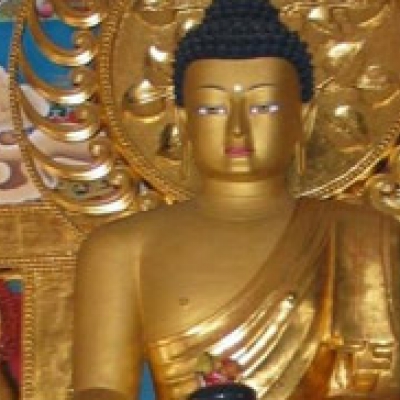India is renowned for its diverse cultures, religions, and traditions, with Buddhism holding a significant position among the various faiths that have thrived in the country. It is widely accepted that India serves as the birthplace of Buddhism, with numerous important Buddhist sites and temples scattered throughout the nation. These sites carry immense spiritual significance for followers of Buddhism and serve as key attractions for both tourists and pilgrims.
The inception of the Buddhist pilgrimage in India is traced back to the time of Gautama Buddha, the revered founder of Buddhism. Following his enlightenment, these locations eventually evolved into sacred pilgrimage sites for Buddhist devotees, now recognized as the four principal pilgrimage sites Lumbini, Bodh Gaya, Sarnath, and Kushinagar.
Lumbini, situated in the present-day country of Nepal, is revered as the birthplace of Buddha. This location holds significant importance for Buddhists, as it is believed to be the precise site of Buddha's birth in the year 563 BCE. The Sacred Garden within Lumbini is where Buddha is said to have taken his first steps and delivered his inaugural sermon.
Bodh Gaya, located in the Indian state of Bihar, is where Buddha achieved enlightenment beneath a Bodhi tree. The Mahabodhi Temple recognized as a UNESCO World Heritage Site, stands as the principal shrine in Bodh Gaya and draws a substantial number of pilgrims seeking spiritual fulfillment.
Sarnath, a modest town near the revered city of Varanasi, is where Buddha delivered his initial sermon post-enlightenment. This location holds immense significance for Buddhists as it signifies the genesis of the Buddhist Sangha or community. The Dhamek Stupa, commissioned by Emperor Ashoka, serves as a prominent landmark at this site, believed to commemorate the exact spot of Buddha's first sermon.
Lastly, Kushinagar, situated in the Indian state of Uttar Pradesh, is where Buddha attained Mahaparinirvana or final nirvana. The Mahaparinirvana Temple, housing a reclining statue of Buddha, serves as the primary attraction in Kushinagar, drawing visitors seeking to pay homage to Buddha's ultimate spiritual achievement.
In addition to the aforementioned four primary pilgrimage destinations, there exist numerous other significant Buddhist sites in India, such as Rajgir, Vaishali, Nalanda, and Shravasti. These locations hold considerable importance in the life of Buddha as well as in the history of Buddhism. Many of these sites have attained recognition as UNESCO World Heritage Sites and are meticulously maintained to cater to the needs of visitors and pilgrims.





